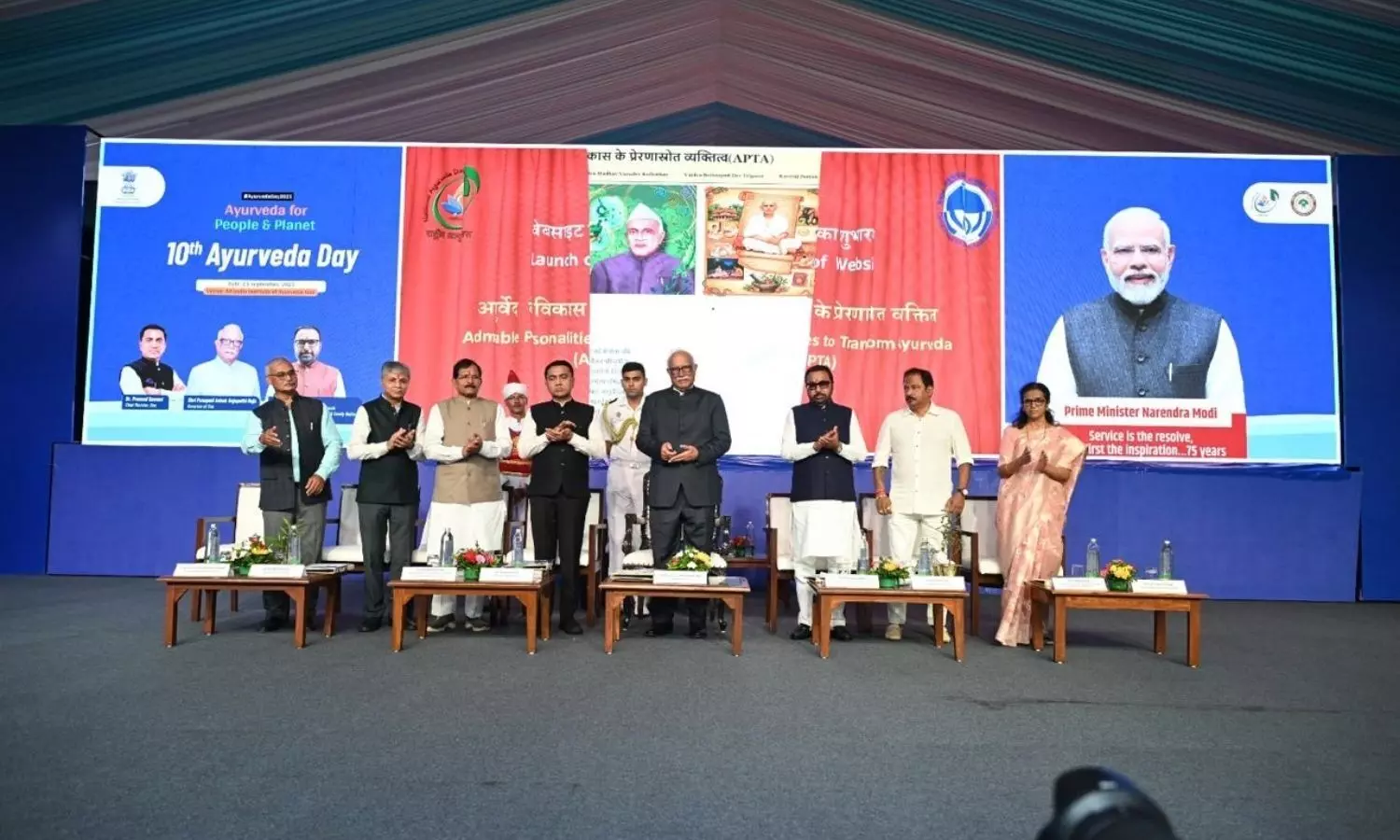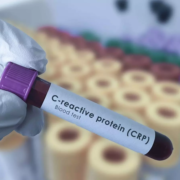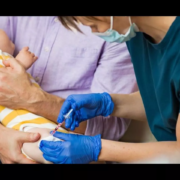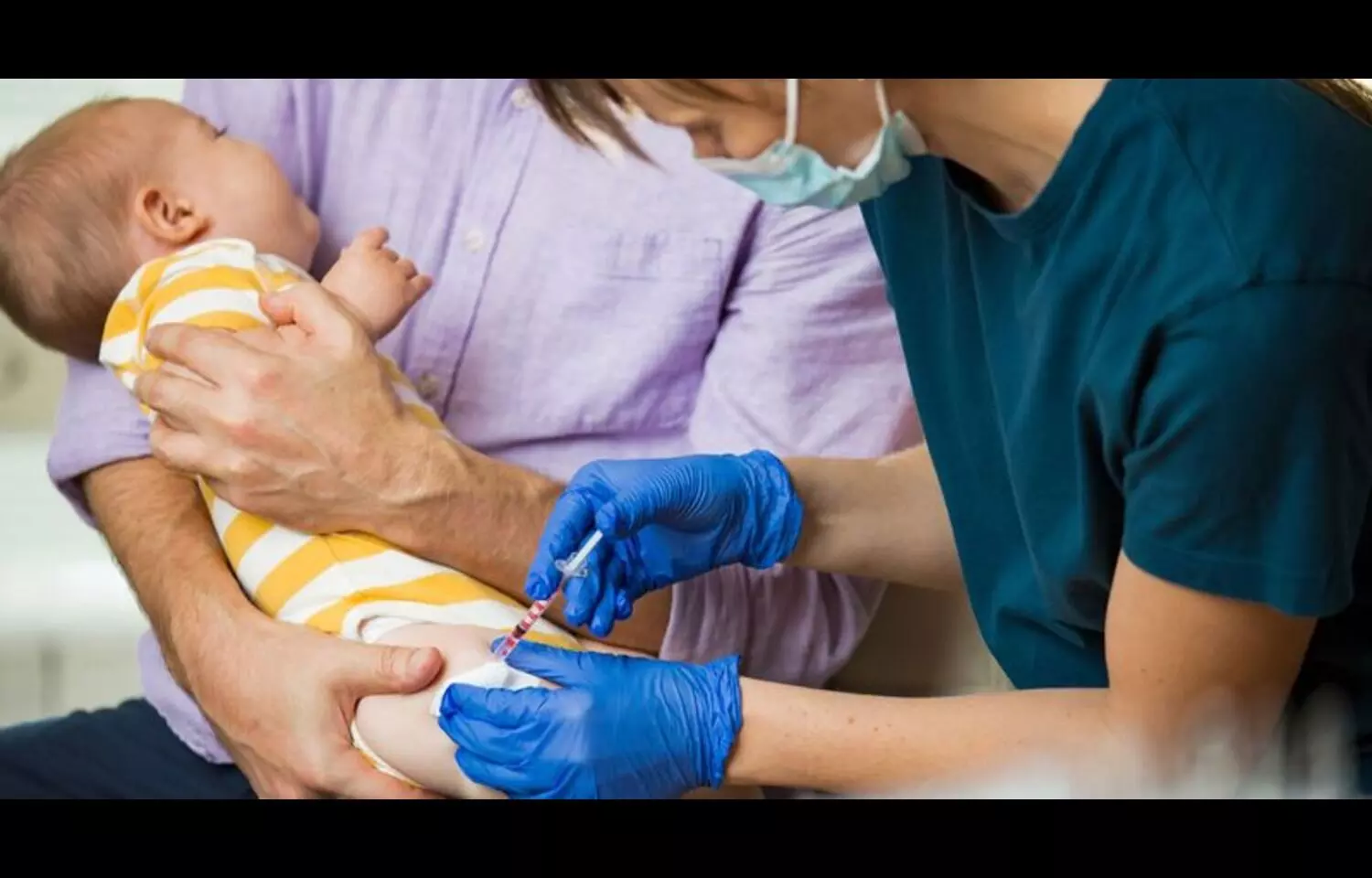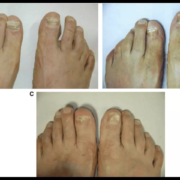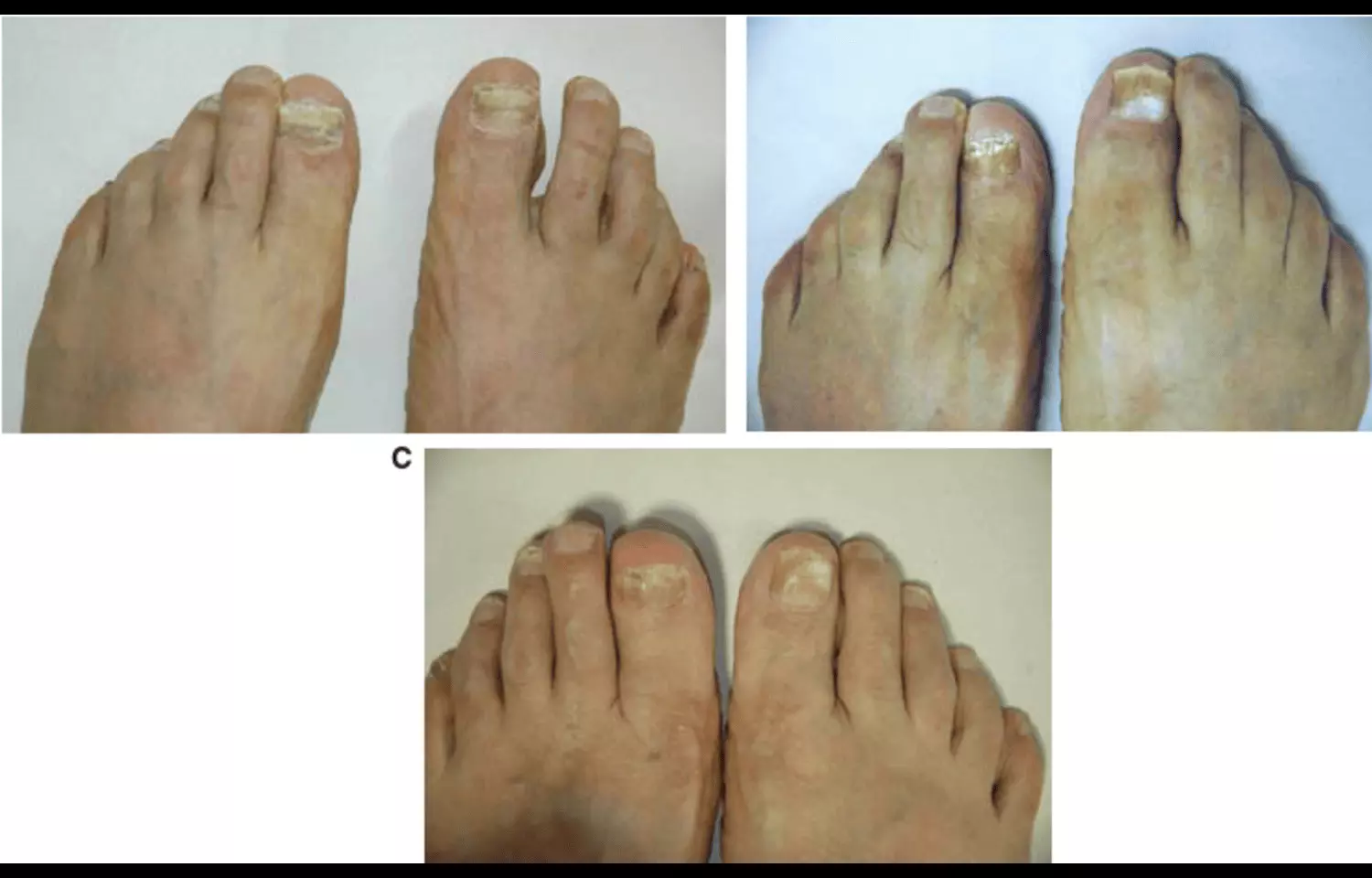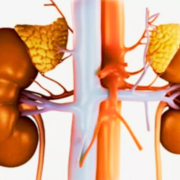
A new study published in the journal of Alzheimer’s & Dementia found that high blood pressure during midlife is strongly associated with an increased risk of dementia later in life, particularly vascular dementia, while hypertension during pregnancy appears to have little impact on long-term cognitive health.
This study examined health data from 1,363,457 women with a mean age of 57 and tracked them over an average of 21 years to investigate the relationship between hypertension and subsequent dementia. The participants were asked about current treatment for high blood pressure and any history of pregnancy-related hypertension. Dementia cases were identified via hospital records, and sophisticated statistical models adjusted for socioeconomic status, lifestyle factors, and metabolic health to isolate the effects of hypertension.
Over the course of the study, a total of 84,729 women developed dementia. The results showed that women with midlife hypertension had a 17% higher risk of developing dementia of any type compared to the individuals without high blood pressure (hazard ratio [HR] 1.17, 95% confidence interval [CI] 1.15 to 1.19). The link was even stronger for vascular dementia, with affected women showing a 50% increased risk (HR 1.50, 95% CI 1.45 to 1.56), whereas the risk for Alzheimer’s disease appeared minimal (HR 1.01, 95% CI 0.98 to 1.04).
These findings highlight midlife hypertension as a modifiable risk factor for dementia, particularly vascular dementia, reinforcing the importance of early detection and management of high blood pressure.
Also, hypertension during pregnancy did not demonstrate a significant effect on dementia risk later in life. Women who experienced high blood pressure while pregnant had only a very slight increase in risk (HR 1.04, 95% CI 1.01 to 1.06), suggesting that the long-term cognitive impact of pregnancy-related hypertension is minimal.
While Alzheimer’s disease was largely unaffected by midlife blood pressure, vascular dementia was strongly linked to earlier hypertension. This distinction highlights the complex relationship between cardiovascular health and cognitive decline.
These results could have major public health implications, emphasizing that midlife hypertension is not only a concern for heart disease and stroke but also for long-term brain health. Controlling blood pressure through lifestyle changes and medical management in midlife could help reduce the incidence of vascular dementia in aging populations.
Overall, these findings reinforces that keeping blood pressure in check during midlife is an useful strategy for protecting the brain, while pregnancy-related hypertension appears to play a negligible role in later-life dementia risk.
Source:
Floud, S., Hermon, C., Whiteley, W., Fitzpatrick, K. E., & Reeves, G. K. (2025). Hypertension in pregnancy and in midlife and the risk of dementia: prospective study of 1.3 million UK women. Alzheimer’s & Dementia: The Journal of the Alzheimer’s Association, 21(9), e70595. https://doi.org/10.1002/alz.70595




